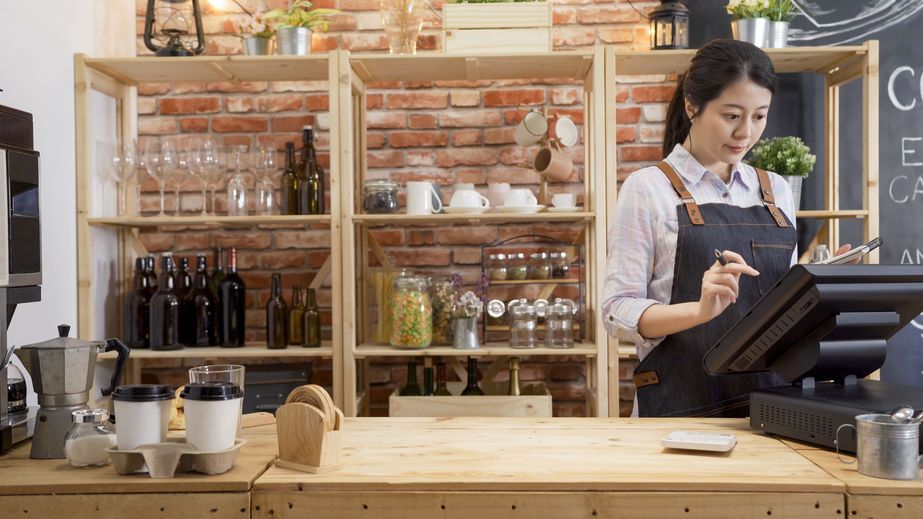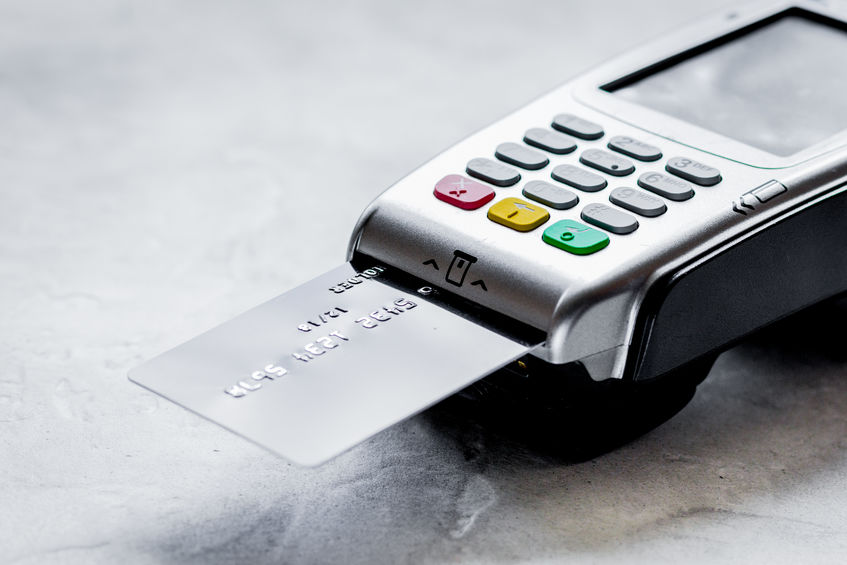How Online Ordering Can Help Keep Restaurants Afloat During the COVID-19 Pandemic
As of late April, restaurants across the United States have seen a 72% drop in business. That’s a devastating number, especially in an industry with such a high failure rate to begin with. While many of the states that saw the biggest declines were among the hardest hit by the virus, all states saw major declines due to mandated business closures and consumer apprehension.
As a result of those drops in sales volumes, and worse declines in the hotel industry, the hospitality industry as a whole has seen the most layoffs of all sectors, accounting for 60% of all the job cuts the country experienced in March 2020 – 419,000 in total, with the number certain to be even higher when the newest data is released.
Online Ordering to the Rescue
While most restaurants have been forced to shut down their dining rooms, food service is considered essential for obvious reasons, meaning staying open to provide take out and delivery orders is still generally allowed. As a result, rather than closing down outright, many previously booming restaurants are currently scraping by on skeleton crews processing as many to-go orders as they can to keep the lights on.
But while phone-in takeout and delivery orders are dependable, especially for most local, independently owned restaurants, one area overlooked by many small establishments is accepting orders online. Online ordering has seen a major boost in the first four months of 2020, as customers stuck at home look for fast and convenient ways to get a good meal without having to go out to a potentially busy grocery store. With more and more customers heading online to find their dinner, restaurants not taking online orders and limiting themselves to traditional call-in business are losing out big time.
How to Get Started with Online Ordering
The fastest way to get started with online ordering is probably to sign up for a third-party delivery company like Uber Eats, Grubhub, or Seamless. The problem with those services, however, is that they’re expensive. Uber Eats, for instance, can cost up to 30% of a customer’s total, an enormous fee. That leaves restaurants with the choice of either saddling their customers with enormous markups to cover the cost of sacrificing their own profits to stay competitive.
Another great option that many restaurants don’t even realize is available to them, is to reach out to the payment processor they already have an ongoing relationship with for their in-house card processing. BAMS, for instance – one of the leading payment processors in the restaurant industry – offers its restaurants assistance with setting up simple online ordering systems designed to help them take orders online without having to accept the ridiculous fees of third-party delivery companies.
In addition to unmatched service and a host of leading merchant services, BAMS also offers a low-price guarantee on their merchants’ monthly statements. To find out more about how BAMS can help your restaurant save money each month and get started with online delivery, get in touch with a member of the team, or start your five-point price comparison today.




